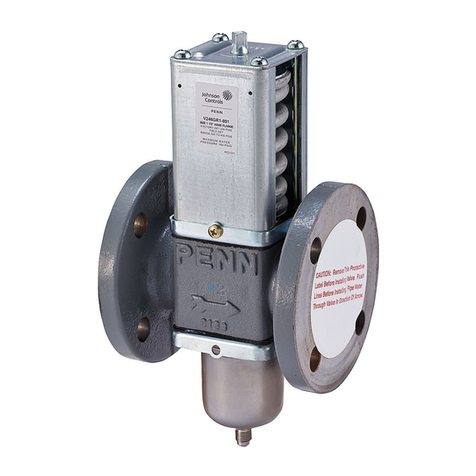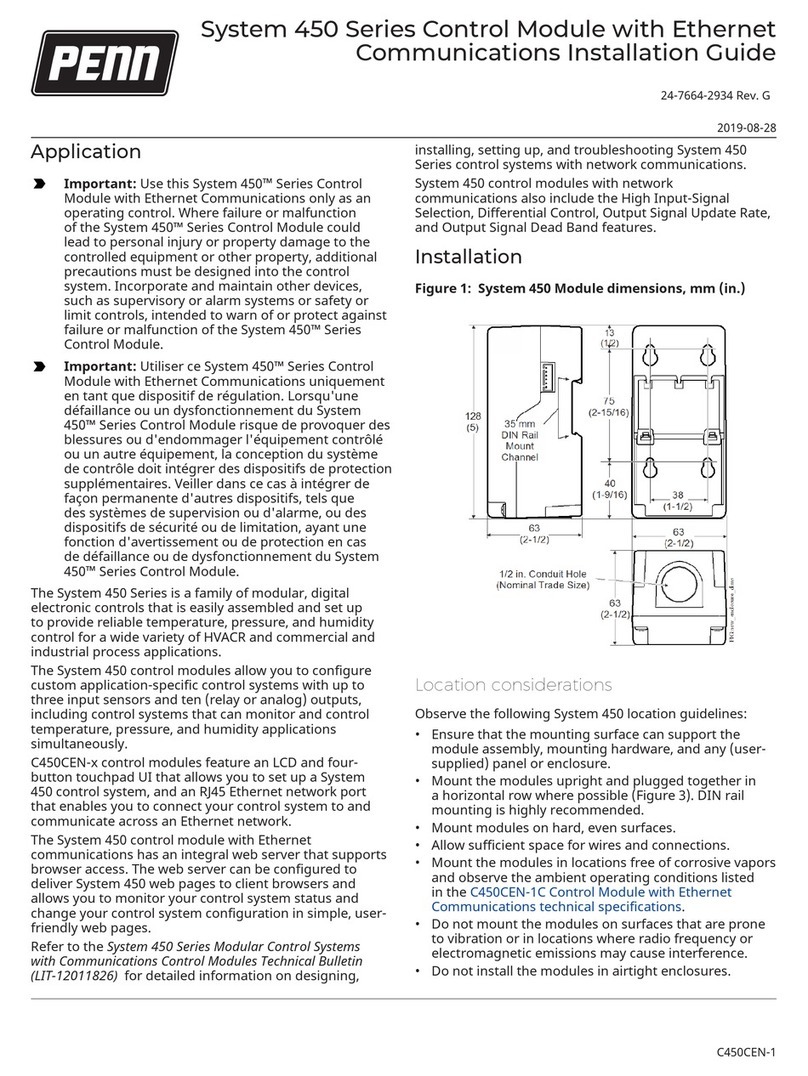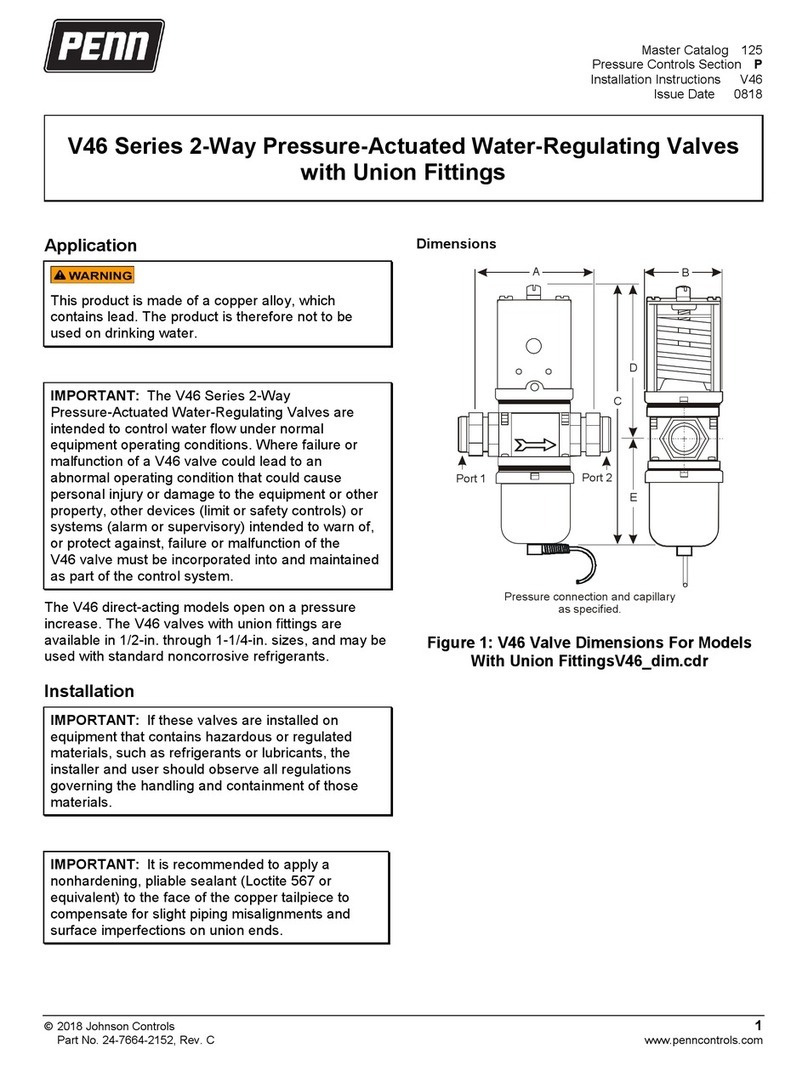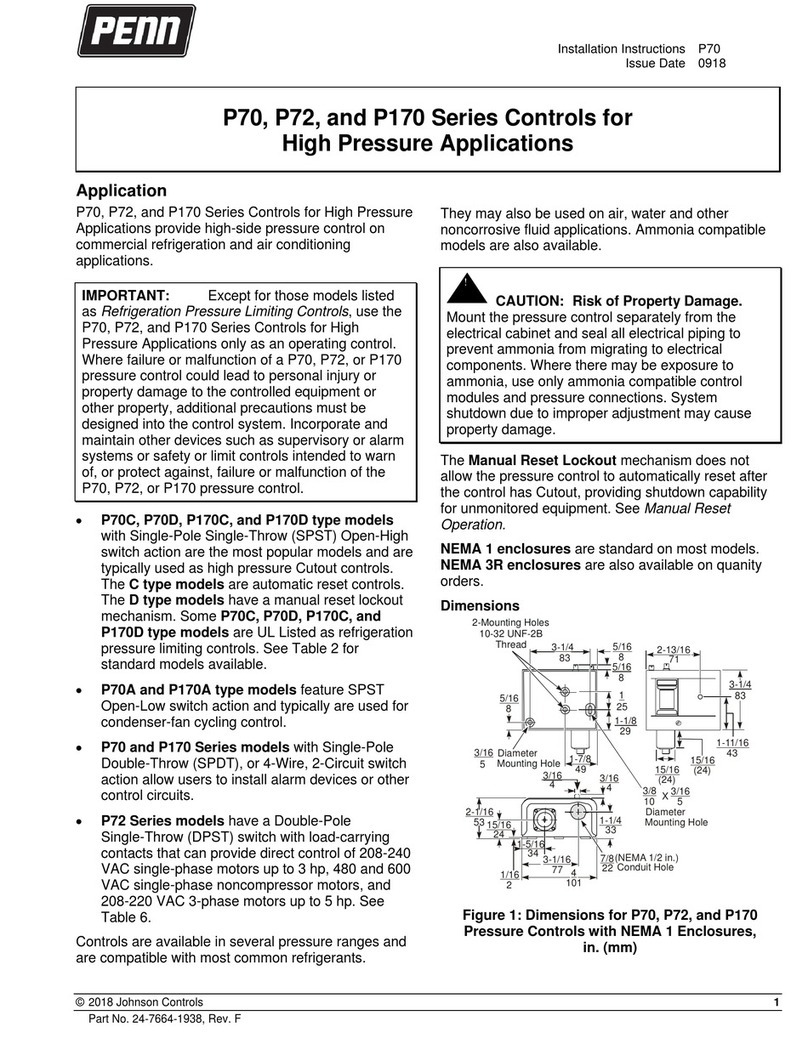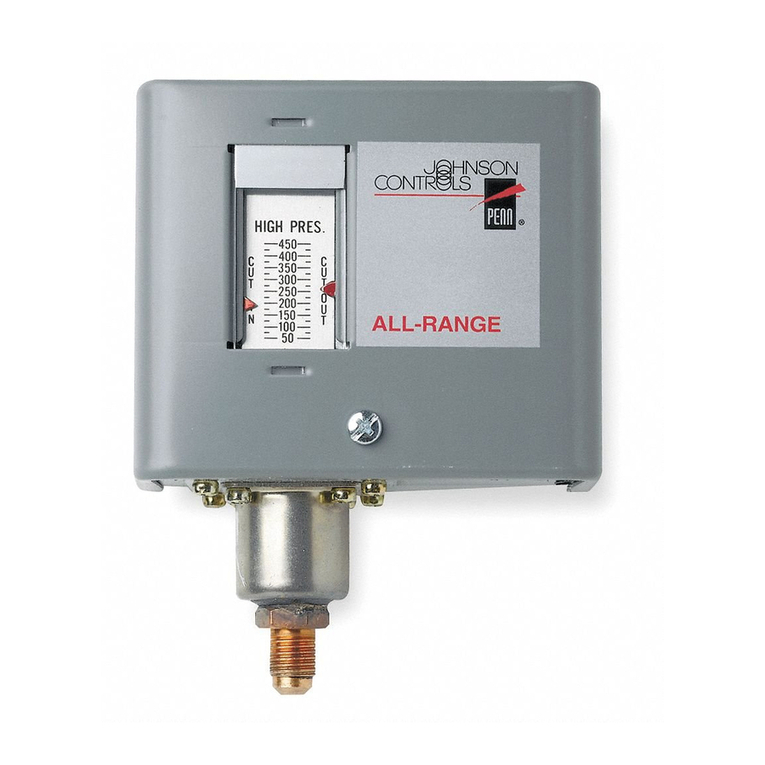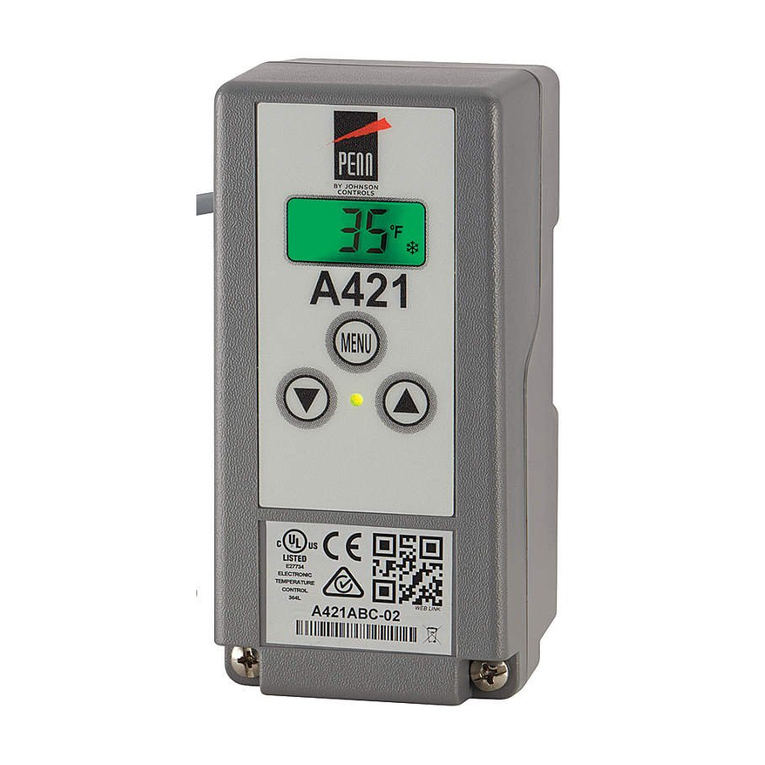
1
Refer to the QuickLIT website for the most up-to-date version of this document.
P70, P72, and P170 Series Controls for Dual PressureApplications
Installation Instructions
Applications
The P70, P72, and P170 Controls for Dual Pressure Applications provide combined high and low pressure control
of compressors on commercial refrigeration and air conditioning applications.
P70S and P170S models have independently operated high and low pressure Single-Pole Double-Throw (SPDT)
switches that can be wired to satisfy a variety of control requirements. These adaptable controls have a high
pressure manual reset lockout mechanism that is convertible to automatic reset. See Table 1.
P70L, M, N, and P170L, M, N models have a Single-Pole Single-Throw (SPST) switch. Models are available with
automatic or manual reset lockout options. Models with manual reset are available with either high-side-only
manual reset, or low-side and high-side manual reset. (See Table 1 and Table 3.) Ammonia compatible models are
available (P70L and P70M only). See Table 2.
P72 models have a Double-Pole Single-Throw (DPST) switch with load-carrying contacts that can provide direct
control of 208/240 VAC, single-phase motors up to 3 hp, 480, and 600 VAC single-phase
non-compressor motors and 208/220 VAC, 3-phase motors up to 5 hp. See Table 3.
These controls are available in several pressure ranges and are compatible with most common refrigerants.
Ammonia-compatible models are also available (P70L and P70M only). See Table 2.
The MICRO-SET® option provides fine adjustment of the differential setting for precision pressure control of low
pressure applications.
Some models feature Limited Knob Adjustment, which restricts adjustment of the pressure settings and deters
over-adjustment or tampering. See Low Pressure Limited Knob Adjustment.
A Manual Reset Lockout option does not allow the pressure control to reset automatically after CUT OUT is
reached, and provides shutdown capability for unmonitored equipment. See Manual Reset Operation.
NEMA 1 enclosures are standard on most models. NEMA 3R enclosures are also available.
Table 1 through Table 2 list the standard models and features of P70, P72, and P170 controls for dual pressure
applications. These standard models are available through most authorized
Johnson Controls/PENN® distributors.
IMPORTANT: Except for those models listed as refrigeration temperature limiting controls, use this P70, P72,
and P170 Series Controls for Dual Pressure Applications only as an operating control. Where failure or
malfunction of the P70, P72, or P170 Pressure Control could lead to personal injury or property damage to the
controlled equipment or other property, additional precautions must be designed into the control system.
Incorporate and maintain other devices, such as supervisory or alarm systems or safety or limit controls,
intended to warn of or protect against failure or malfunction of the P70, P72, or P170 Pressure Control.
P70, P72, and P170 Series Controls for Dual Pressure
Applications
Installation Instructions Part No. 24-8607-0, Rev. J
Issued September 2018

